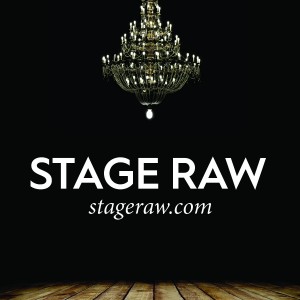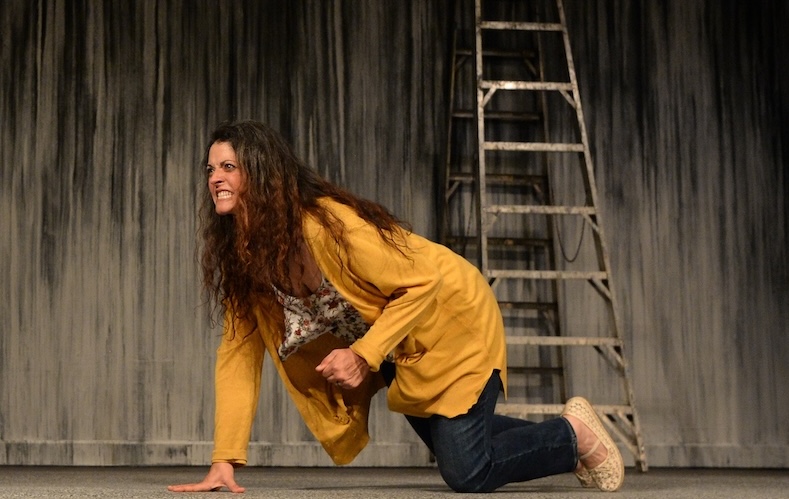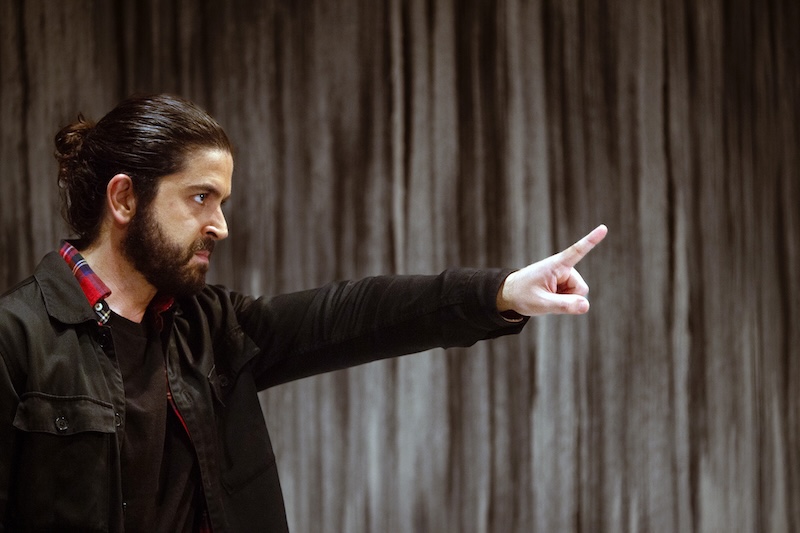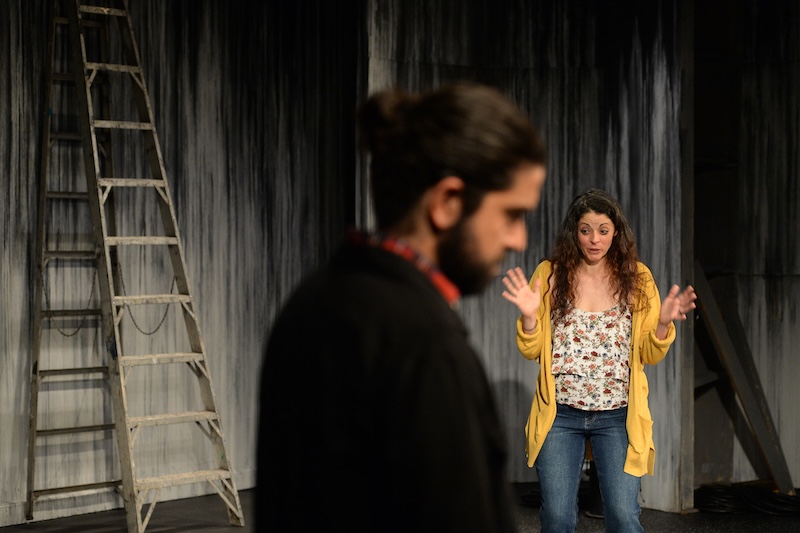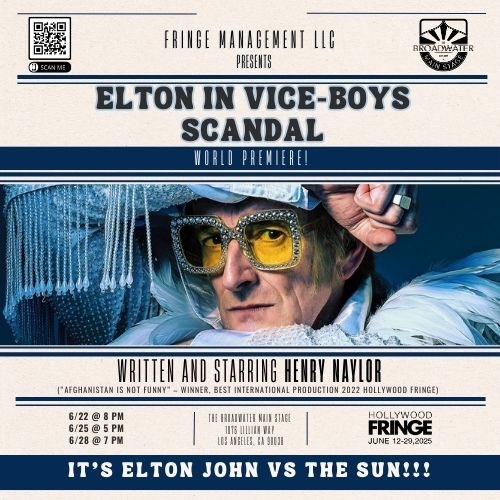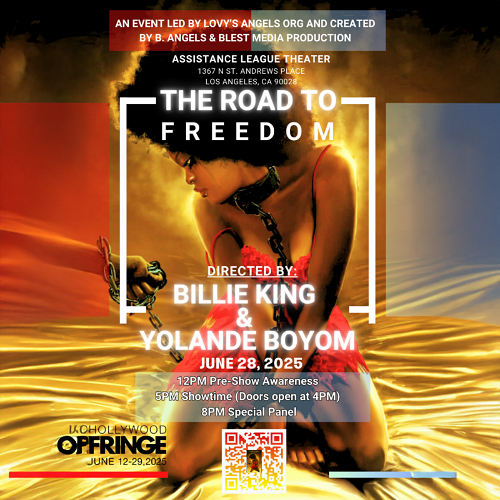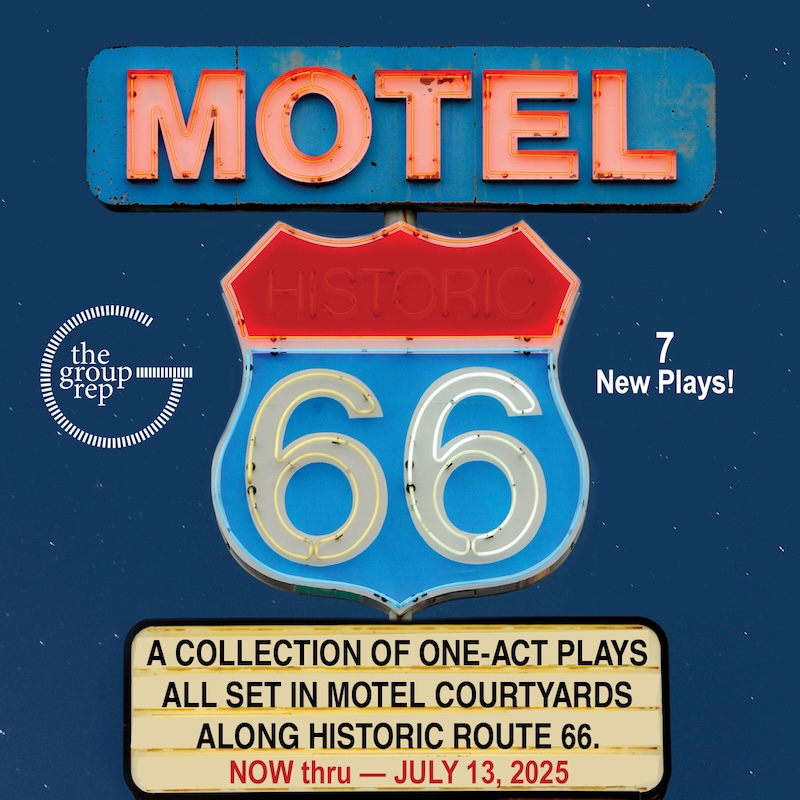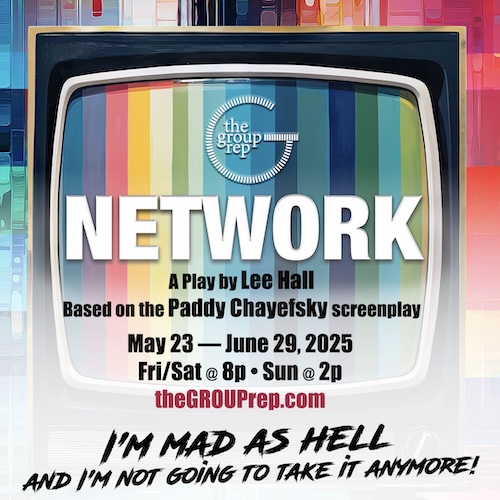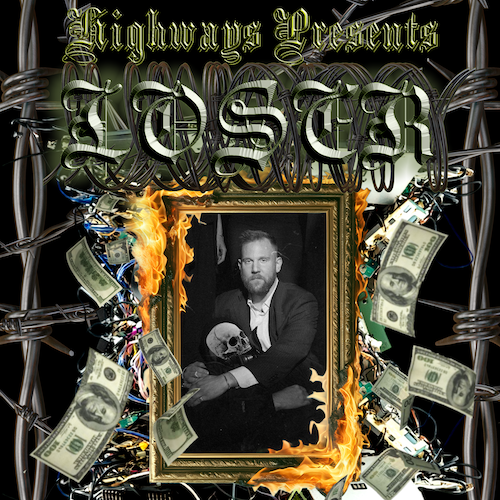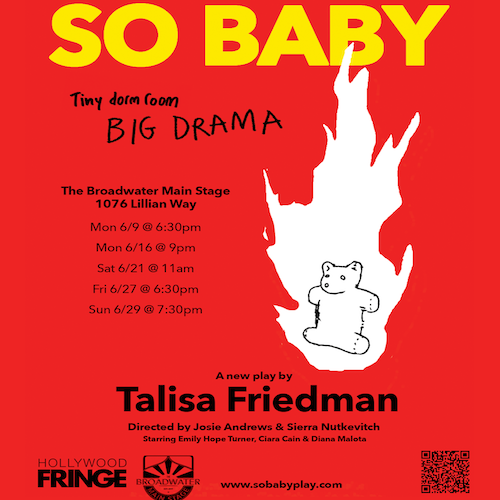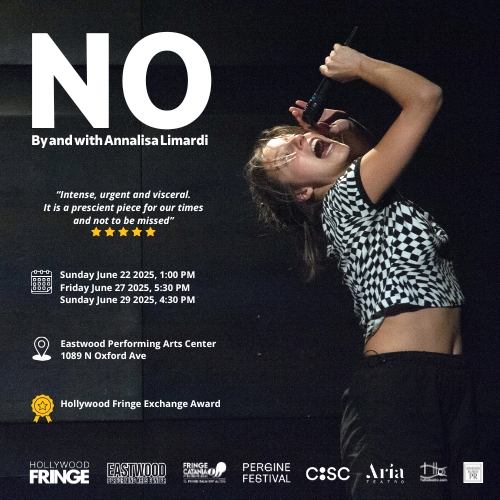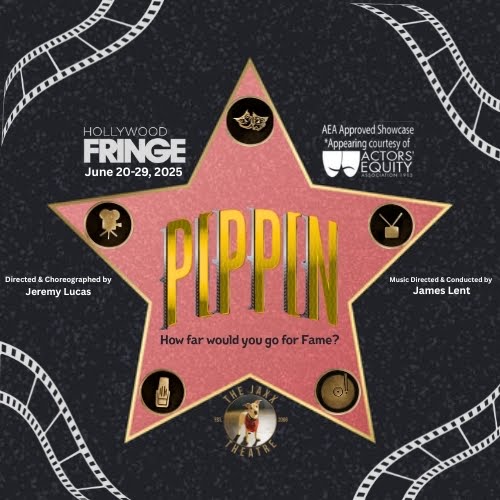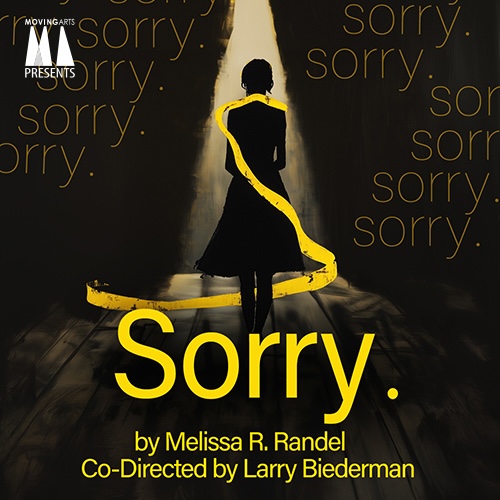Ann Sonneville in “Love’s End” at the Odyssey Theatre (photo by Cooper Bates)
Director Maurice Attias on staging “Love’s End” at the Odyssey
War and Marriage
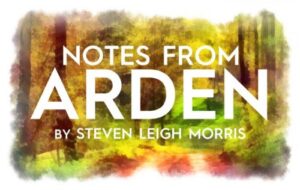 Frenchman Maurice Attias’s directing career spans 50 years, and includes productions staged at The National Theatre of Chile (Jean Genet’s The Blacks), and for the Seoul Opera in South Korea (Bizet’s Carmen).
Frenchman Maurice Attias’s directing career spans 50 years, and includes productions staged at The National Theatre of Chile (Jean Genet’s The Blacks), and for the Seoul Opera in South Korea (Bizet’s Carmen).
His relationship with the Odyssey Theatre in West L.A. goes back to the Olympic Arts Festival in 1984 when, as a young man on a Villa Médicis Hors les Murs fellowship, he was granted an “observership” with the theater’s artistic director, Ron Sossi. In his words, he was Sossi’s assistant for the Odyssey’s Olympic Arts production of Edmond. Three years later, Attias returned to the Odyssey to direct Eugene Ionesco’s Hunger and Thirst. The following year, Attias was appointed as head of the Conservatoire à Rayonnement in Rouen, located in France’s Normandy region, where he served as Director until 2020.
Attias spoke to Stage Raw from Normandy, having just returned home to Rouen after opening a production of Pascal Rambert’s Love’s End at the Odyssey. (It’s being performed there through June 15.)
What, or who, brought him back to Los Angeles in a new century and a spiritually different country? All signs point to the Odyssey’s publicist, Lucy Pollak, who has remained friends with Attias over the years.
“We’ve kept in touch, and Lucy asked if I wanted to come back,” Attias said. He proposed to direct Love’s End. The Odyssey staff read the play and the theater’s acting artistic director, Beth Hogan, said yes.
The dramaturgy of Love’s End would seem to be right at home at the Odyssey. It bears a striking similarity to Brian Friel’s Faith Healer, which was presented there twice — in 1989, directed by Jack Rowe, and again in 2019, directed by Sossi. The story unfolds through a series of four successive monologues concerning an itinerant healer traveling the back woods of Ireland with his wife and his manager. As each character tells their version, the larger story shape-shifts, so that the very essence of what we take to be true is a work-in-progress. In a play that aims to cross the divide between truth and belief, that structure is a revelation.
With a similar approach to dramaturgy but a contrary world view, Love’s End consists of two successive hour-long monologues by a man (Beejan Land) and a woman (Ann Sonneville) in the wake of their marriage’s collapse.
“It is war,” Attias says repeatedly. There’s no salvation, nor any of Friel’s romanticism. This marriage is over. The play is something between a courtroom trial and an autopsy of this marital bond and its connection to the theater. “He is a director,” Attias adds. “She is an actress. He wants to continue working with her as an actress, but not as a wife, after he has told her that her body and even her conversation does nothing for him anymore.
“She has to endure his monologue where he is tearing up all that’s inside their relationship. He needs this violence. That’s what makes the play really truthful, really violent. He will attack for an hour. She will answer for an hour. In her answer, having heard him through, she doesn’t want to be a victim. She will treat him as a bastard and an asshole, tell him he is tearing up his own life, and that he’ll end up alone. She’s right. This is what makes it so tragical.”
“Is he wrong?” I ask.
“Oh no,” Attias replies. “They’re both right. He will tell her how he feels like a prisoner. She will correct all his false memories. For her, the love in the marriage and the love of the theater are one and the same. When he tries to separate them, she finds that ugly. She finds him ugly. And the audience is the jury. This comes from ancient Greek tragedy.”
“Are American actors different in their approach from European actors?” I ask.
“Yes, yes. The level in LA, the level of acting is globally good, but it’s very hard for them to . . . Pascal is writing in sentences, the words are like bullets. ‘Yes.’ ‘No.’ ‘Why?’ ‘How can I put it?’ This is not a common, casual language. There is a lot of repetition. It was difficult for American actors to get out of the TV-reality. [The characters are] not just having an argument. Behind the words, they find their own anguish, their own fears. They want to be as truthful as they can because that’s the best way to kill the other. Their being honest destroys the other. The main difficulty is to remove [these actors] from common reality. This is not a mirror. It’s digging into themselves completely to find the exact word. It’s not a conversation, it’s a search for the right weapon. [The man] opens the play suggesting that she can’t be loved anymore. By saying that, he destroys her completely. Don’t you even think about what you are saying? she will later reply. Who are you to speak to me this way? He doesn’t understand what she’s saying. It’s a wonderful play for that.”
(In her review for Stage Raw, Madison Mellon writes that Land and Sonneville landed on the kind of intensity that Attias was seeking. “Your critic, she got the kernel of the play,” Attias adds.)
“And what about any differences between European and American audiences?” I ask.
“The big difference is also in the treatment of reality,” he says. “In Europe, we are not as involved (in theater) by the reality as it’s seen on TV or in the movies. We’re more like ancient Greek theater. We have a belief: If you want to show reality, get rid of reality. if you want to see the inside of things, the aesthetic can’t be like in front of the bedroom mirror. We have to stick to the words, the words are the weapons. That can’t be done in a realistic way if it’s going to get to any deeper truth.
“They are not arguing,” he continues. “This is not a sadistic game, this is not Who’s Afraid of Virginia Woolf? or The Taming of the Shrew. If you make it a casual argument, it has no interest. He is obsessed by the blood. He sees blood everywhere. She will act as the prosecutor in the court. And yet the play itself is static, two people speaking, one after another, but with tactical strategies. One has to yield in front of the other, but neither of them will yield. So they fight to the death, the death of this thing they made together, so that life and art could be one thing. Now he’s trying to make it two things.”
I ask if he sees any similarity in the war between these characters and the intractable wars raging in Gaza and Ukraine.
“There’s one bully and the other is using their wits to get around the bully: the metaphor is of war, because evil is too rooted [in who they are] for them to make any compromise, or to arrive at a happy ending.”
But there is a difference between the prominent wars of the 21st century and this broken marriage. [Their strengths] are equal, Attias explains. “They fight for what made them leave. She says you’re dead, you look like a dead person. If you’re through with me, don’t come after me. He feels like a prisoner. She feels like she’s betrayed.
“Is she?” I ask.
“No! . . . No. That’s the meaning of a tragedy. Everybody is right.
Love’s End, by Pascal Rambert; directed by Maurice Attias; Odyssey Theatre, 2055 S. Sepulveda Blvd. West LA.; Fri.-Sat., 8 pm, Sun., 2 pm; thru June 15. www.OdysseyTheatre.com
